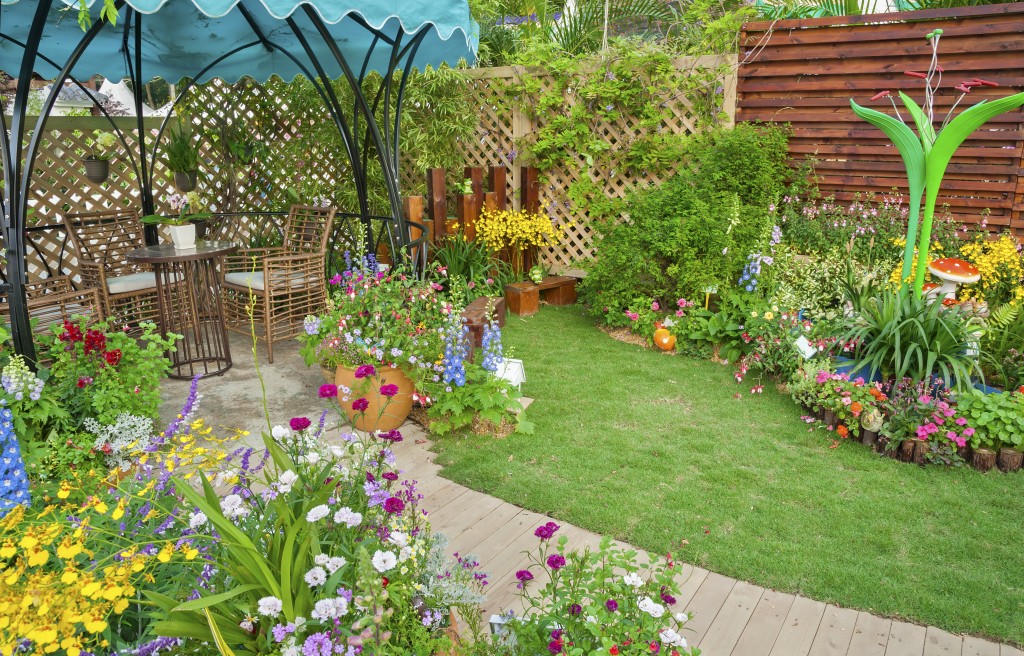People tend to consume food in more ways than one. We eat with our eyes before we eat with our mouth and everyone appreciates good-looking food as much as eating a delicious one. This is why aesthetic food is growing in popularity and trend.
Food will always be relevant to every human being. This is partly why food posts are huge on social media. Even if a person’s not the type to take out their phone and snap a photo of their dish before eating, there’s a high chance that they enjoy looking at food posts.
Dive deeper into food aesthetics, why it’s important in food, and how you can start making your food look more appealing.
Why is Aesthetic in Food Important?

It’s frequently said that “you eat with your eyes first” or people take a look at the food before they decide to eat it.
Just think about it, if given the choice, would you voluntarily eat a bowl of colorless gruel or eat a golden roasted chicken? Philosophically speaking, we only live once and we aim to experience good things as much as possible. Naturally, we will aim to consume good food as long as we’re alive. However, that’s not the only explanation as to why aesthetics in food is important.
So why is aesthetics important in food?
1. We rely on all of our senses when we eat
There is a scientific explanation as to why people are drawn to good-looking food. You rely on all your senses when you evaluate food and eat. There’s vision, touch, smelling, tasting and hearing. Yes, hearing too as proven by the increase of ASMR (autonomous sensory meridian response) food videos that more and more people are listening to.
When it comes to visual senses, first impressions make a big impact because it only takes a second to form an impression of something. We use our eyes to evaluate things faster and move on to our next thing. We use our eyes first when we eat, which is why food aesthetics matter.
Once we see something as looking unpalatable or disgusting, we immediately know to avoid it, whether it really does taste bad or not, and whether it was made by a renowned food guru. Just look at these food tweets from Martha Stewart that got attention because of how unappealing they look.
That said, how good food looks also affects people’s appetite. You probably experienced moments when you’re too full to eat but seeing how good a food is presented made you want to stuff yourself again. You’d think “That looks so good, I want to eat that.” and find yourself consuming a whole plate of food.
2. Aesthetic food creates an emotional connection with consumers
There’s been a lot of study showing how clutter can affect the way we think and feel. For example, clutter at home can impact your emotional health. In the same way, food that is not presentable can dampen the mood.
On the other hand, aesthetic food can enhance your mood. If you’re on a diet, it will help you be more mindful of what you’re eating and eat just the right amount. A beautifully presented meal enhances your mood and can help keep you healthy.
3. Enhances the eating experience
Food connects people. Eating is an activity where people can gather and interact with each other, discover practices, and learn more about each other.
There is a relationship between food and culture which makes eating is more than just about survival. Food represents culture and stories, in a way that helps bring people together and beautiful food enhances that experience.
4. Showcases creativity
When you hear the word food, it’s not just about satisfying hunger. When you think about food, you think about appearance, presentation, and aroma, and that gives you the idea of how the food should taste.
Aesthetic food involves the type of cut that’s used in slicing vegetables and meats, the color scheme, the plating, the table presentation, and other techniques that would elevate the look of the food.
Creating beautiful food is an art form. Arranging food delicately on a plate, presenting excellent balance in terms of colors and portion size, as well as plating attracts people. Research shows that people are willing to pay more for aesthetically pleasing dishes even if the ingredients are the same.
The reason people are inspired to share food posts is because of creativity. Of course, this then influences many things such as business and purchasing attitudes. This is why many restaurants and publications put effort into making food beautiful. The more creative and aesthetic the food looks, the more people would think it’s delicious.
What Does Aesthetics in Food Mean?

Aesthetics in food means making and designing food in a way that creates positive emotions and memories related to the joy and satisfaction derived from food. Aesthetics in food involves how the food is cut, chopped, sliced, and prepared in a way that it’s highly attractive.
Note that there is no consensus about the aesthetic dimension of food and food styling.
Food styling and components of food design remain controversial, and a huge reason for this is that there are many diverse cultures and traditions around the world. This makes defining a standard for food styling and aesthetics can be complicated.
However, despite the complications with setting aesthetic standards, food aesthetics is important to popular culture and in influencing people’s food choices.
How to Make Food More Aesthetic
Food aesthetics is important whether you’re eating dinner after a long day of work, hosting a dinner party, or trying to impress your friends. However, you don’t need a culinary degree or technical equipment to make beautiful food.
There are a few things that anyone can learn to make their dishes look as good as they taste.
Here are a few tips on how to make food more aesthetic.
1. Choose the right dish or plate size
Plating is essential for food to look aesthetic.
Choose a plate that’s simple, neutral, and medium-sized. The key here is to make the food look abundant without the plate looking stuffed.
Follow the shape of the platter but leave the edges neat and visible, a third of the volume of the plate should be enough.
Choose neutral colors or colors that won’t compete with the color of your food. Gray, white, and black are the most common plate choices.
2. Plate Food in a Way That Looks Generous
What’s appetizing for people is when the food doesn’t just look delicious but abundant as well. You can do this by piling food on top of each other instead of just spreading them out. For example, when plating pancakes, place one on top of the other.
Another way you can make food look like a lot without overcrowding the plate is by following the rules of thirds. You can put three different dishes on a plate or put jam on just one piece of toast instead of both.
The goal is for it to look abundant but leave adequate space so that it looks neat and balanced.
3. Use colors
Color might be the most important visual aspect of food. It gives people an idea of the freshness and quality of what they’re going to eat. In the marketing aspect, color incites emotion and feeling. Having a better understanding of color psychology will help you attract people to your food and have them enjoy it better.
Color harmony is also important. Try matching colors with foods that have similar hues so that all the flavors compliment each other and do not overpower each other.
For example, green vegetables such as spinach will go well with red meat such as beefsteak because both colors are close to each other along the color spectrum. This way it will be easier for you or others to eat as different colors on the plate will not disturb the eyesight and appetite.
You need to remember that some colors such as red, green, yellow, and orange work well with meat while white goes well with fish.
4. Don’t forget to garnish
The use of garnish to make food look beautiful is nothing new. Food garnish goes back to the time when dishes were prepared mainly for presentation because people believed that the appearance of the dish has an effect on how it will taste.
This technique carried on today. Chefs still serve their customers with attractive food decorations in order to enhance the appeal of the dish and increase customer satisfaction.
One of the most common types of food garnishes is chopped parsley. It can be used as a finishing touch to almost any dish. It can be sprinkled on top of food or mixed into the dish itself. Parsley is considered one of the most versatile garnishing herbs because it adds color, flavor, and texture to food.
Other herbs you can use as garnish include basil, chervil, or dill.
You can also use fruits and vegetables as food garnishes. Vegetables such as carrots, green beans, broccoli, and cauliflower can be used to enhance the visual appeal of a dish, while fruits like cherries, grapes, citrus peel, and banana blossoms can add color and flavor.
Plating Aesthetic Food is Worth the Effort
Food is an important part of our daily lives but nobody wants to eat something that looks bad or bland. The way your dish looks should be one of your priorities. Putting time and energy aside for food presentation will help you become more mindful of what you put inside your body.
Begin with the tips above, then continue learning more about how you can make your own food more aesthetic. You’ll come to view food differently, make eating more enjoyable for others and yourself, and see how the preparation will be worth all the effort.




